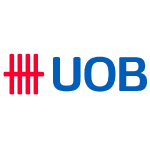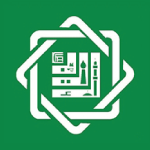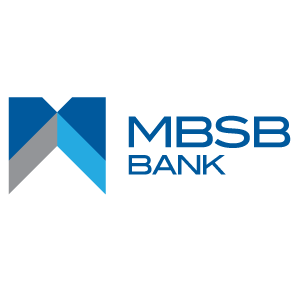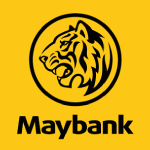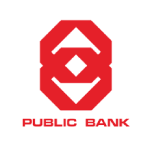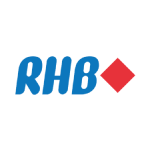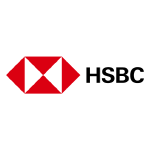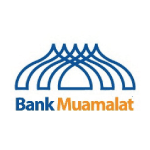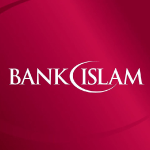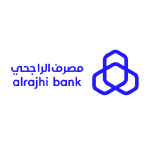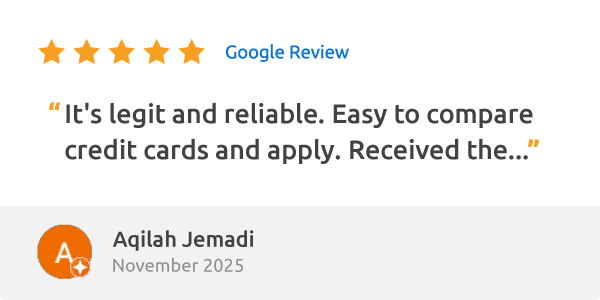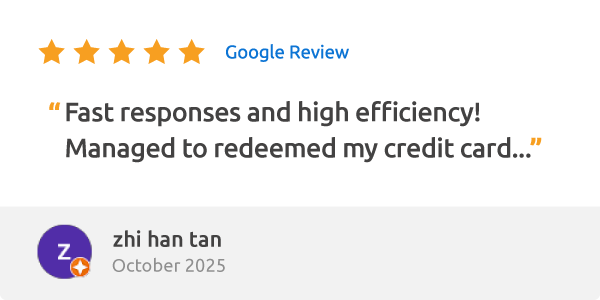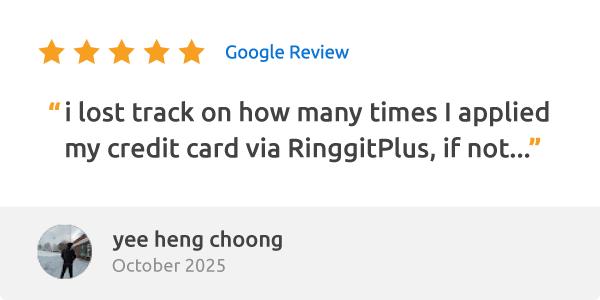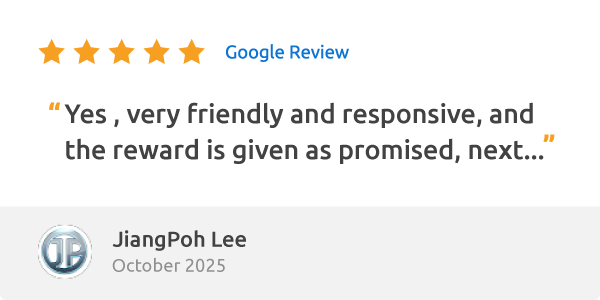Things You Should Know About Current Account
Are you facing a situation where you have extra cash in hand and would like to keep it safely in a bank, but also want the flexibility to cash it out anytime, without limit?
Most deposit accounts offered by banking institutions in Malaysia have a fixed placement period or have a withdrawal and transaction limit. However, a current account does not. Read on as we unveil the things you should know about current accounts in Malaysia.
What is a current account?
Put simply, a current account, also known as a checking account allows you to deposit funds and perform transactions and withdrawals.
A current account also gives you the benefit of issuing a cheque as a method of payment, and access to bank overdraft service, which helps distinguish a current account from its sibling savings account.
Most of the time, entrepreneurs and SMEs use current accounts as it gives them the flexibility to perform huge business transactions daily apart from managing their business cash flows. However, due to its transactional nature, a current account usually gives very little to zero interest or profit on lower deposits.
What are the benefits of a current account?
The two most prominent features of a current account that you might already know are chequebook and overdraft. These facilities are required for any individual to make a successful transaction that is legal in the eyes of the law.
For example, if you don’t have enough balance in the account, your cheque payment will be bounced and incur a penalty. Thus, an overdraft can help you cover the insufficiency of funds. Read on to learn more about the benefits of a current account:
Chequebook
A chequebook is a detachable blank cheque that is linked to your current account and is provided by the bank, or upon request at an extra fee. You can use a cheque to make secured and direct payments to anyone or any organisation by writing down the name and the amount of money on the cheque.
One of the key features of a cheque is that you can perform several payments. So whenever you need to perform business transactions, not only it is convenient, but also this method of payment is a lot safer than bringing a load of cash with you.
Before issuing a chequebook, banks will require your signature as a safety measure. This requirement can help the bank to identify between fraud and the real deal, by comparing the signature you provided to the one on the issued cheques. If the signatures are not identical, the transaction will likely be declined.
Overdraft
An overdraft lets you withdraw money more than what you currently have in your current account. For example, if you have an account balance of RM10,000 but are withdrawing RM25,000 from it, you have overdrawn your account by RM15,000.
It is regarded as a type of short-term loan that comes with a limit, which is granted to you based on your creditworthiness. Think of it like a credit card where you can swipe as much as you can but up to a certain credit limit. The overdrawn money, however, will be subjected to an interest rate and also fees.
The best part about an overdraft facility is that it can be revolving and does not have a fixed number of repayments. You are required to pay back the overdrawn amount when it is demanded by the bank.
There are two types of overdrafts: secured and unsecured. The secured overdraft requires you to pledge any assets such as property or fixed deposit to the bank as a security. If you can’t pay back what you owe, the bank has the right to sell your assets to recover your debt.
On the other hand, an unsecured overdraft does not require you to pledge an asset and it is also often offered to those with a higher income, or net worth.
As it is a short-term credit facility, an overdraft is usually offered for up to 12 months and you may renew your overdraft every year.
High interest on a higher deposit placement
Unlike a savings account where you can earn high returns with smaller deposit placement, a current account offers competitive interest rates at a higher amount of deposit.
It is also worth highlighting that the interest you have acquired will be accrued daily, every time you deposit fresh funds into your account. The bank then will credit the accumulated interest directly into your current account every month.
An example of a high-interest current account is the AmStar Current Account by AmBank. The interest rates are tiered according to the deposit amount; the more money you deposit, the higher the interest rate you will get from it:
| Amount | Interest Rate (p.a.) |
| RM5,000 - RM20,000 | 0.75% |
| RM20,000 - RM100,000 | 1.00% |
| RM100,000 - RM500,000 | 1.75% |
| RM500,000 - RM1,000,000 | 2.00% |
| RM1,000,000 - RM3,000,000 | 2.25% |
| Above RM3,000,000 | 2.75% |
If you are a business owner, opening a current account is much more profitable and convenient compared to a savings account. Not only do you have the flexibility to perform unlimited transactions and withdrawals daily, but you can also multiply your returns by earning high interest.
That’s not all, with the current technology, you can conduct various banking services at the tip of your fingers, anytime and anywhere as most banks now provide account holders seamless online banking and phone/app banking.
Performing cash withdrawals is also made convenient with a debit/ATM card linked to your current account. You also can get a copy of your monthly account statements either via hardcopy, or paperless form (e-mail). Not to mention, your money in a current account is protected for up to RM250,000 by PIDM too.
Extra benefits of a current account
Do you know that some banks offer additional benefits too? Besides chequebooks and overdraft facility, these extra benefits of a current account would surely highlight your user experience. They are:
- Personal accident insurance is a complimentary benefit upon opening a current account with some banks.
- Getting a step up or bonus interest when you can maintain a certain amount in your account average/current balance.
- Earn monthly bonus points on your account balance.
What is the main requirement to open a current account?
To open a current account, the main requirement is the minimum initial deposit. This amount varies depending on the type of current account, which can be from as low as RM20 for basic current accounts, up to RM10,000 for the premium ones.
Other than that, some current accounts may require you to have an introducer, and some may not. An introducer is someone who already is an account holder of the bank, and he/she can endorse you as an applicant to open a current account.
You should also note that there are a couple of criteria to be met before being eligible for a current account opening:
- You must be at least 18 years old, and
- Malaysian, or permanent resident with a valid Identification Card
Any charges that I should know of?
In Malaysia, there are a few common charges of a current account imposed by most banking institutions which include:
- Account closing fee: RM10 to RM30, within 3 months or 6 months of opening
- Account dormant fee: RM10
- Service charge: RM5 to RM15, half yearly
- Account statement request: From RM2 to RM25
- Chequebook: RM0.15 Stamp Duty per leaf
- Chequebook processing fee: RM0.50 per leaf
- Stop payment instruction: From RM10 (sufficient fund), up to RM150 (insufficient fund)
How do I choose the right current account?
At RinggitPlus, we have several categories of current accounts that can cater to your unique needs. They are:
- Online: Open a current account anytime, anywhere
- Premium: For VIPs and by invitation only
- Step up interest: Earn more money on your account balance
- Low initial deposit: First checking account? There’s always a cheaper option
- Combo: Reap the benefits of both current account and savings account
- No introducer: For a more flexible current account opening
Current Account Interest Rates
| Bank | Interest Rates | Min. Deposit | Service Charge |
| AmBank/AmBank Islamic | 0.00% - 2.75% | RM20 - RM1,000 | RM5 - RM10 |
| Affin Bank/Affin Islamic Bank | 0.00% - 2.50% | RM500 - RM1,000 | RM10 |
| Alliance Bank/Alliance Islamic Bank | 0.00% - 2.50% | RM250 - RM1,000 | RM10 - RM15 |
| Al Rajhi Bank | 0.35% - 1.50% | RM500 - RM1,000 | RM10 |
| CIMB/CIMB Islamic | 0.00% - 2.25% | RM500 - RM1,000 | RM5 - RM10 |
| Citibank/Citibank Islamic | 0.00% - 3.00% | Up to RM2,000 | RM10 - RM15 |
| Hong Leong Bank/Hong Leong Islamic Bank | 0.00% - 1.00% | RM500 - RM1,000 | RM5 - RM10 |
| KFH Malaysia | From 0.75% | RM500 - RM2,000 | N/A |
| MBSB Bank | 0.25% - 0.75% | RM500 - RM1,000 | RM10 |
| Maybank/Maybank Islamic | 0.20% - 1.70% | RM500 - RM1,000 | RM5 - RM10 |
| Public Bank/Public Islamic Bank | 0.00% - 2.00% | RM500 - RM3,000 | RM10 |
| RHB Bank/RHB Islamic Bank | 0.00% - 1.80% | RM500 - RM1,000 | RM5 - RM10 |
| Standard Chartered/Standard Chartered Saadiq | From 0.05% | RM500 - RM10,000 | RM10 |
| UOB | 0.00% - 2.05% | RM500 - RM5,000 | RM5 - RM15 |

